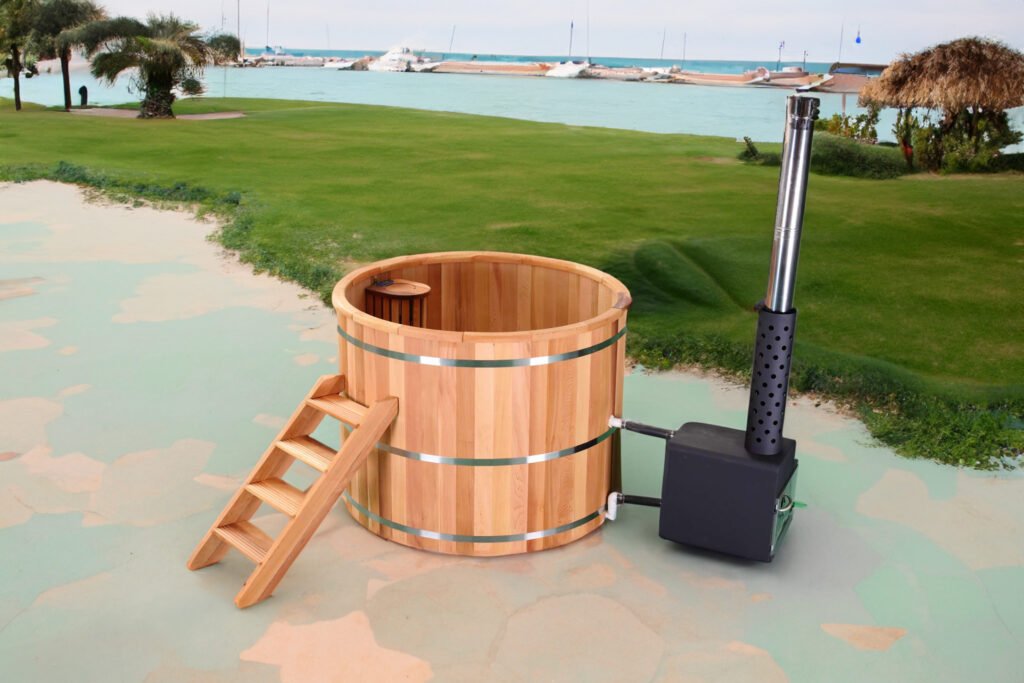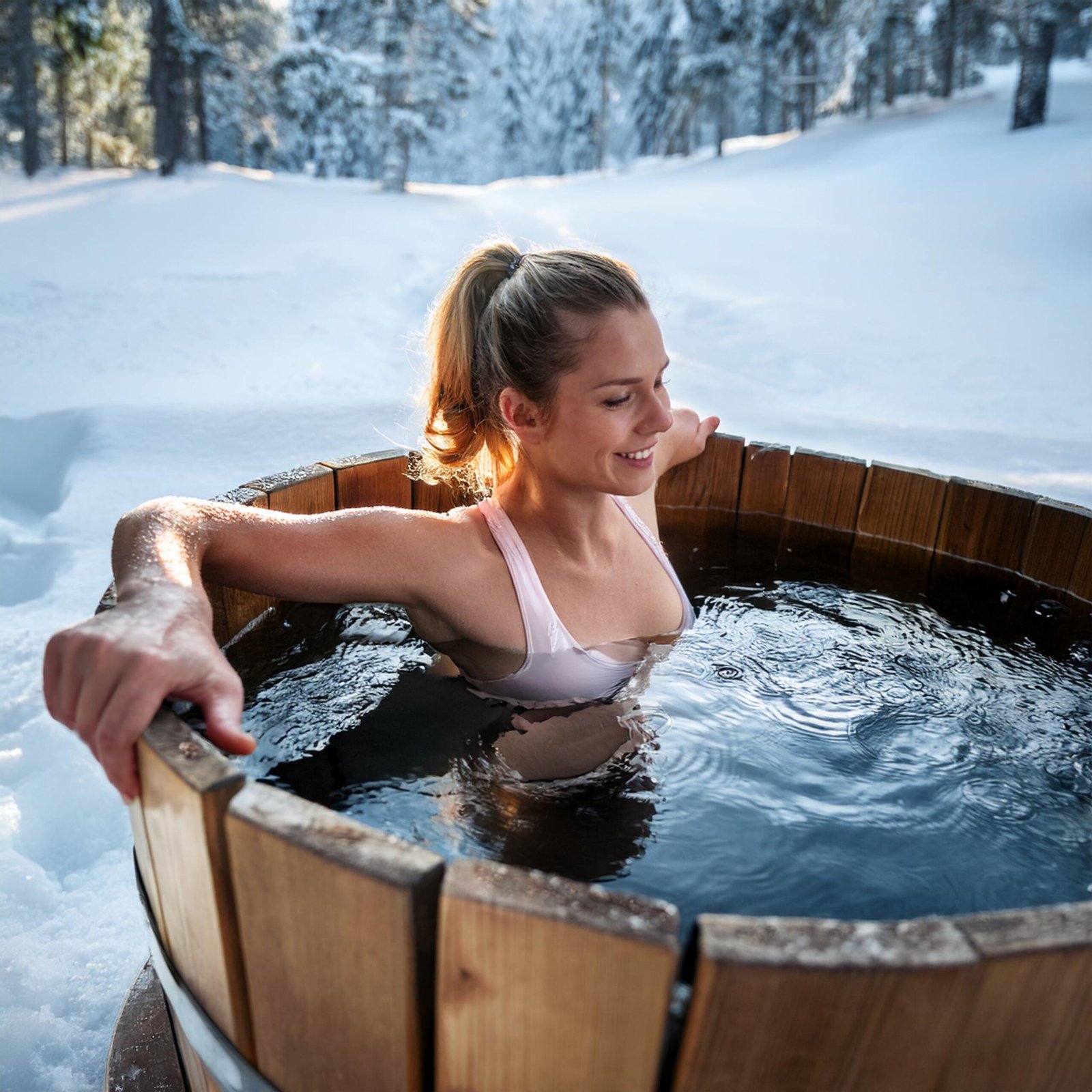10 Powerful Tips for a Safe Hot Tub Experience
Lucie
December 26, 2024

Hot tubs provide a relaxing escape, but ensuring your safety while enjoying them is essential. Whether you’re soaking for relaxation, muscle recovery, or simply enjoying a moment of tranquility, following these hot tub safety tips will help you make the most of your hot tub experience while minimizing risks.
Understanding Health Risks Associated with Hot Tubs
While hot tubs are incredibly soothing, it’s crucial to be aware of the health risks hot tubs can pose. One of the most significant dangers is overheating. Staying in hot water for too long can raise your body temperature to dangerous levels, leading to dizziness, nausea, or even fainting. To avoid overheating in hot tubs, limit your soaking time to 15-30 minutes and take breaks to cool down if necessary.
For some, dehydration in hot tubs is another concern. Hot temperatures can cause your body to lose fluids more quickly, so it’s essential to stay hydrated before, during, and after your soak. Drink plenty of water and avoid alcohol, which can exacerbate dehydration. If you have any underlying health conditions like high blood pressure or heart problems, it’s a good idea to consult with your doctor before using a hot tub.
Preparing for a Safe Hot Tub Experience
Before stepping into your hot tub, make sure you’ve taken the necessary precautions. First, check the water temperature. The ideal range for hot tub water is between 100°F to 104°F (37°C to 40°C). Water that’s too hot can increase the risk of overheating in hot tubs, while water that’s too cold can detract from the relaxation benefits.
Equally important is testing the water quality. Hot tub maintenance involves checking the pH and alkalinity levels, ensuring they’re within the recommended ranges (pH between 7.2 and 7.8, alkalinity between 80-120 ppm). Additionally, sanitize the water using appropriate chemicals to prevent bacteria buildup. Regular water tests will help maintain the balance and ensure a hygienic soaking environment.

Best Practices for Safe Hot Tub Use
Once you’ve prepared your hot tub, there are several hot tub safety tips you can follow to ensure a safe soak:
Limit soak time: Experts recommend limiting your time in the hot tub to 15-30 minutes at a time. Long sessions can lead to overheating in hot tubs and dehydration, so take breaks to cool off and rehydrate.
Enter and exit carefully: Wet surfaces can be slippery, so always enter and exit the hot tub slowly. Consider installing non-slip mats around the hot tub area for extra safety.
Stay hydrated: The hot water can lead to dehydration, so make sure to drink plenty of water before, during, and after your soak.
Supervise children and elderly individuals: Always ensure children or older adults have proper supervision while in or around the hot tub.
Keeping Your Hot Tub Safe and Clean
Proper hot tub maintenance is key to preventing health risks and ensuring a safe and enjoyable experience. Clean the hot tub regularly to avoid the buildup of bacteria, oils, and contaminants. Here’s a simple maintenance guide to follow:
1. Regularly clean filters and surfaces to prevent debris buildup and ensure proper filtration.
2. Test and balance water chemistry weekly to maintain the pH, alkalinity, and sanitizer levels. This will help prevent bacteria from proliferating in the water.
3. Inspect the water level and heater to ensure everything is functioning properly. Low water levels can damage the heater, and faulty heaters may lead to unsafe water temperatures.
4. Drain and refill the hot tub every 3-4 months, depending on usage, to maintain water cleanliness and chemical balance.
By following this hot tub maintenance guide, you can extend the life of your hot tub and ensure it remains a safe place to relax.
After Your Hot Tub Session: What to Do Next
After enjoying your hot tub experience, there are a few important steps to follow to keep both you and your hot tub in top shape:
Cool down slowly: Exiting the hot tub too quickly can cause your body to go into shock from the temperature change. Allow your body to cool down gradually by sitting in a cooler environment for a few minutes.
Shower off chemicals: Chlorine and bromine are commonly used to sanitize hot tub water. Showering after your soak removes any residual chemicals on your skin and keeps your body clean.
Hydrate: Replenish fluids lost during your soak. Drinking water helps rehydrate your body and promotes recovery.
Maintain your hot tub: Continue with regular cleaning and water tests to ensure your hot tub stays in good condition for future use.
By following these post-soak steps, you’ll enhance the benefits of your hot tub while maintaining safety and cleanliness.

Conclusion
Enjoying a hot tub can be an incredibly soothing and therapeutic experience. By taking the necessary steps to address health risks hot tubs can present, including preventing overheating in hot tubs and staying hydrated, you can significantly reduce potential dangers. Following these hot tub safety tips and implementing a solid hot tub maintenance guide will help you maintain both your safety and the longevity of your hot tub. So relax, unwind, and soak safely!



